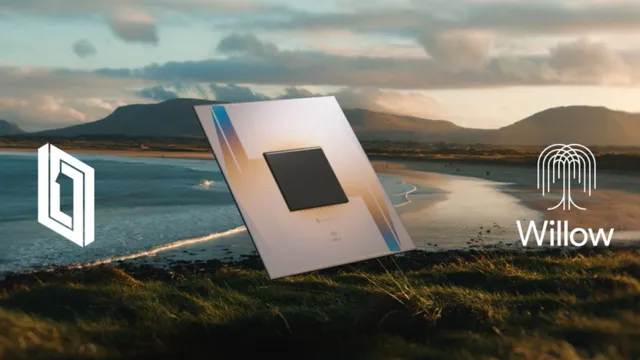- By Kamal Kumar
- Tue, 10 Dec 2024 08:27 PM (IST)
- Source:JND
Technology giant Google announced a significant step in quantum computing, introducing its state-of-the-art chip called 'Willow'. The quantum chip is the most powerful computational chip ever made in human history, the company claimed, adding that it has solved a key challenge in quantum error correction that the field has pursued for almost 30 years.
Willow, as the chip is being branded by Google, performed a computational calculation in under five minutes that would take one of today's fasted supercomputers even longer than the age of our universe, the company said, emphasising the significance of the development.
"Willow performed a standard benchmark computation in under five minutes that would take one of today’s fastest supercomputers 10 septillion (that is, 1025) years — a number that vastly exceeds the age of the Universe," Google wrote in a blog post shared by CEO Sundar Pichai on social media platform X.
"We see Willow as an important step in our journey to build a useful quantum computer with practical applications in areas like drug discovery, fusion energy, battery design + more," Pichai added.
Here are 5 facts about Willow
1. Google claimed that the innovative chip is unlike anything. "The more qubits we use in Willow, the more we reduce errors, and the more quantum the system becomes," it said in the blog.
2. Researchers scaled quantum systems from 3x3 to 7x7 qubits, achieving exponential error reduction through advanced error correction. This milestone, called "below threshold," demonstrates significant progress in overcoming a challenge since Peter Shor's 1995 quantum breakthrough.
3. Willow's performance on the random circuit sampling (RCS) benchmark, the classically hardest benchmark that can be done on a quantum computer today, was astonishing: It performed a computation in under five minutes that would take one of today’s fastest supercomputers 1025 or 10 septillion years or 10,000,000,000,000,000,000,000,000 years.
4. Fabricated at Google's state-of-the-art fabrication facility in Santa Barbara, Willow also excelled at many other more specific performance metrics.
"For example, our T1 times, which measure how long qubits can retain an excitation — the key quantum computational resource — are now approaching 100 µs (microseconds)," the blog post read.
5. Willow can use quantum computing to revolutionise AI by optimising models, analysing inaccessible data, and modelling quantum systems. It can drive breakthroughs in medicine, design efficient batteries, accelerate fusion energy, and enable transformative applications beyond the capabilities of classical computers.

